Neurocopywriting
How certain words and design can evoke strong emotions and convince you to take action…
And why other go unnoticed?
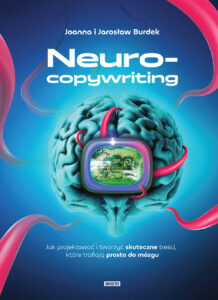
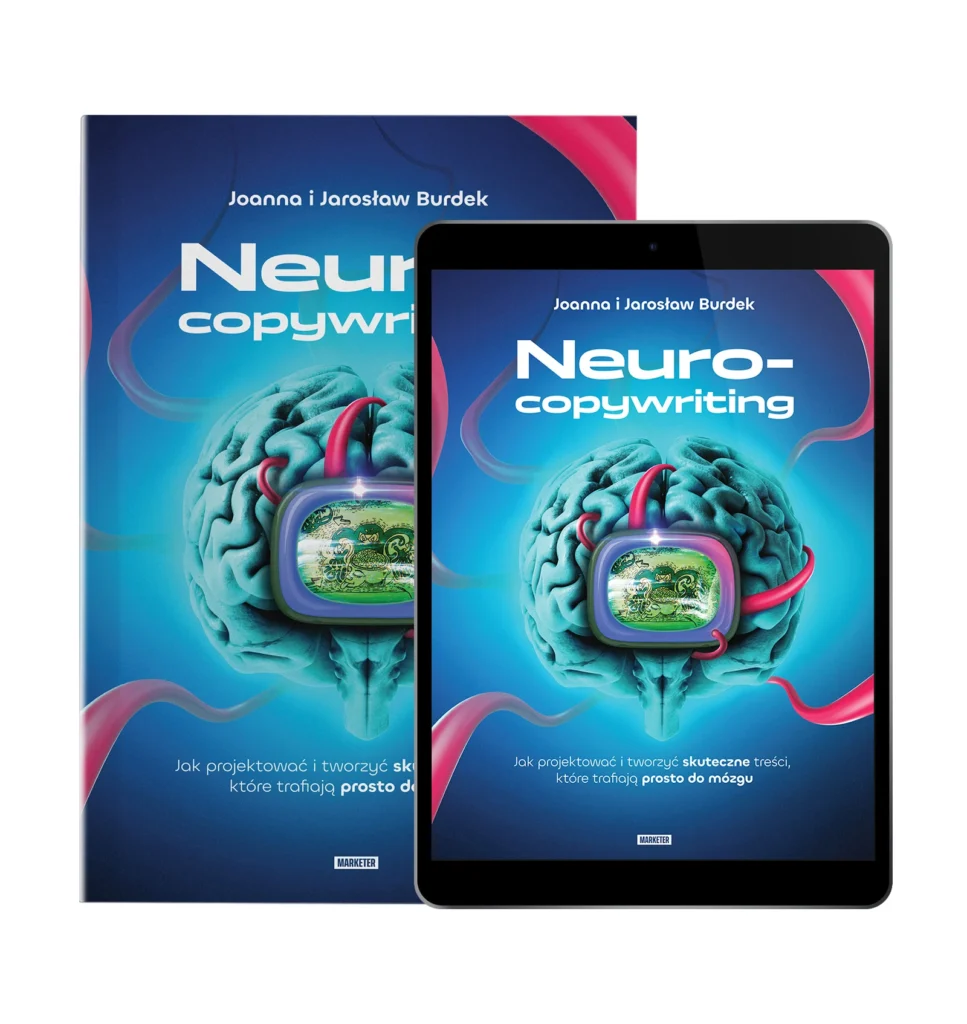
Neurocopywriting
This book teaches you how to use the power of Neurocopywriting – and turn average content and copy into extraordinary marketing tools.
Over 400 pages of practical knowledge
- Profitable copywriting techniques
- Simple recipes for content creation
- Tips, examples and facts about Your Brain On Copy
About the authors
Joanna and Jaroslaw Burdek
A power couple of brand strategists with 17 years experience in marketing and consulting. They are the founders of the successful consulting agency (Brand Useful) that consults companies on how to use effective neurocommunication in sales and marketing. They have worked with giants such as Continental, Nutella, O bag and other leading European brands.
Joanna is a trainer at the ICAN Institute – the largest institution in Poland – where she works to build and mentor different companies’ leadership and executive teams. Jaroslaw teaches brand strategy at the University of Economics and Computer Science in Krakow.
As thought-leaders in the field of Neurocommunication and brand strategy, they are often seen on stages and at intimate corporate events helping guide the future of marketing.
They are also networked with the largest polish marketing magazines and publications, like Marketer+ – the publisher of the book NeuroCopywriting.

What's inside
- What type of designs match your messaging so it triggers the core of the consumer's brain.
- Why Neurocopywriting is the most effective way to write copy and content today.
- How to attract and retain your consumer's attention.
- And lot's of fun images to keep you entertained as you read - it's part of the science.
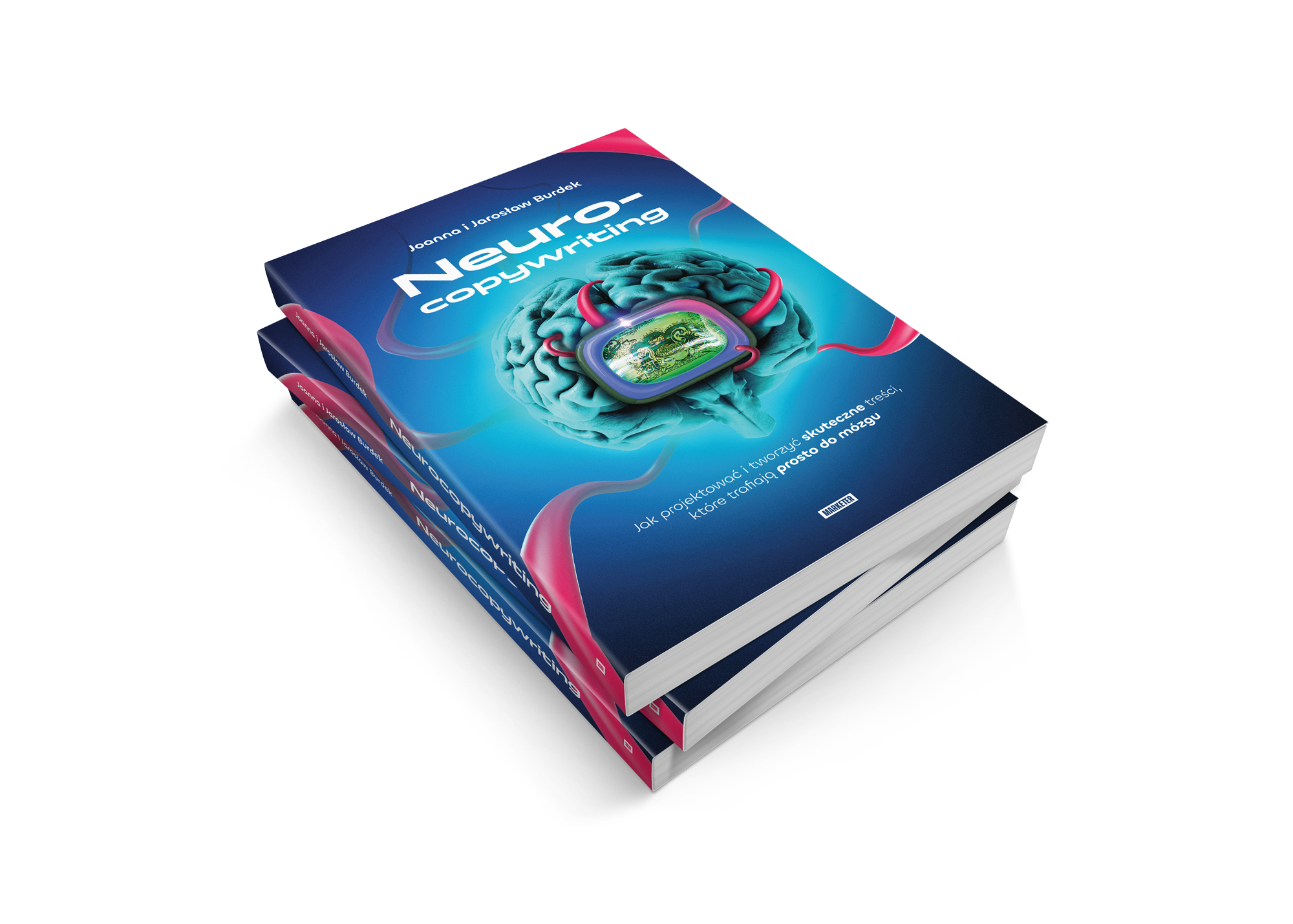
Why bet on Neuro?
In today's modern world, people's minds are like a frog's🐸 - they jump from page to page. One moment their mind is here, and the next, it's scrolling elsewhere.
They are headliners - they scan words selectively to avoid being in one place for too long. But lucky for you, Neurocopywriting breaks down the methods of constructing content so it reaches the brain (of a human, not a frog🐸) and makes them want to keep reading.
This is why Neurocopywriting works:
- It offers frameworks to create content that isn't difficult to process.
- Explains why people want to know everything, quickly and how to give it to them.
- Breaks down why clever copy often loses to well designed copy.
Neurocopywriting is a comprehensive guide of the design and creative process for effective content, where you learn:
- What neurocopywriting is and why it is the most effective method of writing today.
- How to attract and keep readers attention.
- How to use the language of benefits and concerns to simplify messaging.
- How to design and create messaging that directly triggers the brain.
- How to create content that stops death-scrolling in its tracks.
*** This book is NOT about expensive neuromarketing research. It contains a compendium of easy-to-implement techniques that improve content and copy quality overnight. It shows how to write to customers in today's world. And when companies invest in understanding how the brain works, it is proven to give them the market advantage they are searching for.
Neurocopywriting?

A treasure trove of examples, research and facts you can start using right away in conversations, presentations, and go to market strategies.

All the latest methods in language that help highlight benefits and kill concerns of the reader - simplified.

Turn the page on how to show value to clients and how to avoid price wars - all based on how the brain works.

Useful secrets on designing and content creation for social media, how to create better posts to busy and distracted people.
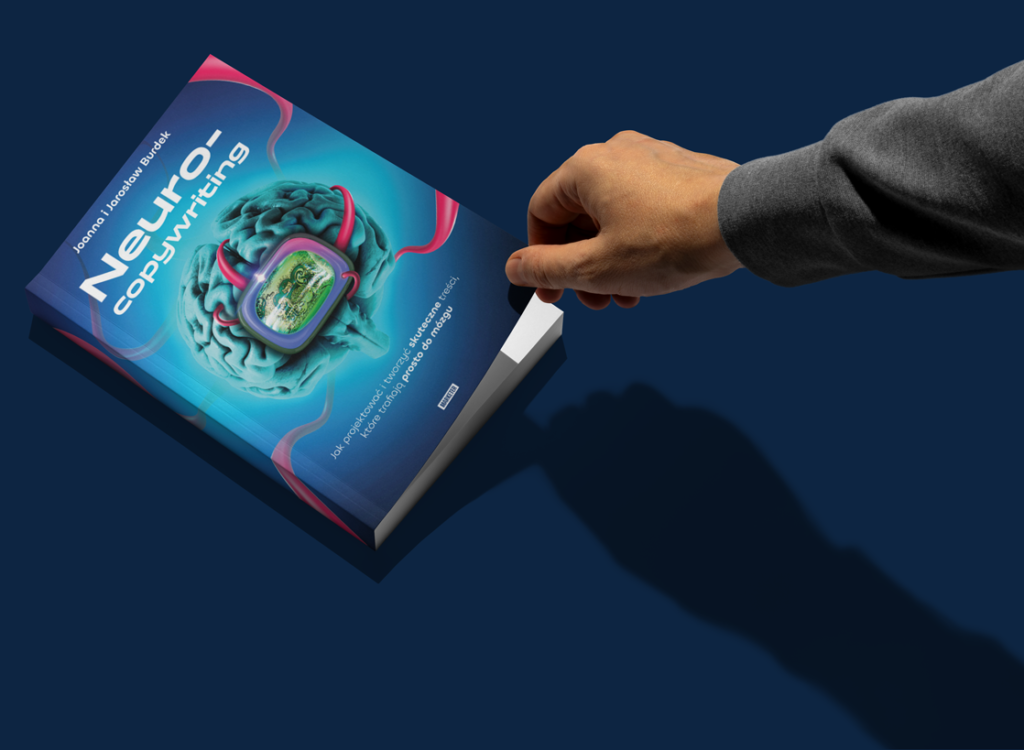
What are people are saying about the book?
Chapter I:
- How to write so the brain grasps the information and persuades the person to buy.
- Neuromarketing tips to create effective content.
- A dive into how people consume content today.
- Why copy and conent shouldn’t just be written, but designed.
- The recipe for an effective presentation to win a bid.
Chapter II:
- What ego depletion is and when people begin to lose IQ.
- What mechanisms drive people while consuming content.
- Does multitasking increases efficiency?
- How the processes and phenomena of the modern world affect the content reception.
Chapter III:
- How to write about products you know too much about.
- What the curse of knowledge is and how it affects your customer’s connection to your messaging.
- Where to learn about the interests, needs and words your customers use.
Chapter IV:
- An introduction to more modern neuro-influent content design models.
- How to make customers pay attention to what you write.
- What elements the messaging must contain to make it attractive to the reader.
- What is and how to effectively use SOPEL – the author’s model for catching and keeping the reader’s attention.
Chapter V:
- How to write using the „needs” language.
- How to write in a way that triggers or crushes concerns and objections.
- How to apply the DISC model to a website.
Chapter VI:
- A mini-cyclopedia of brand and neuromarketing.
- Why strong brands are boring.
- How to start building a brand.
- What brand memory is and why it is important for copywriting.
- How to use neuromarketing to trick the brain.
- What a copy framework is.
- The importance of limits on customer choice.
Chapter VII:
- Proven methods for designing and creating content for social media.
- How to write content for people with different attention spans.
- How to attract and keep customers attention on social media.
- How to increase the chances of a social post going viral.
Chapter VIII:
- Ways to deal with failure, lack of inspiration and imposter syndrome.
- How to stop being afraid of failure (and befriend with it).
- How to smash through creative blocks.
- How to deal with imposter syndrome (and know if you have it).
Who is "Neurocopywriting" for?
Entrepreneurs and Business Owners
"Neurocopywriting" will help you better understand your customers and create messages that speak directly to their needs and desires.
Marketing Specialist
It helps you understand how the brain responds to different types of messaging. This knowledge gives you the tools necessary to create effective marketing content and copy.
Copywriters and Content Creators
Proven techniques that allow you to write persuasively and go right to the part of the brain that it needs to activate. And shows you how to create that content effectively to influence the decisions of customers to your benefit.
Students
It is an invaluable source of knowledge that allows you to understand the complex relationships between language and behavior economics in branding and marketing.
This book is a perfect:
- Thank-you, Christmas, or birthday gift
- For a marketing team
- To hand out at a conference
- As a welcome gift for employees
- For any copywriters, brand strategists, or entrepreneurs in your life
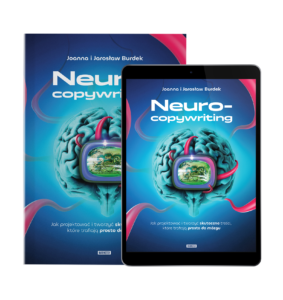
Table of contents
1.1 Neurocopywriting What is it?
1.2 The Brave New World of Reading Texts
2.1 Information overload
2.2. Ego fatigue and exhaustion
2.3 Distraction and trouble concentrating
2.4 Decrease in mood
2.5 Irrational decisions
2.6 Multitasking and drop in IQ
2.7 New free psychoactive social drugs
2.8. Why do people do this to themselves?
3.1 Can customers hear the tone you’re after?
3.2. How to write about a product you know all about?
4.1 How do people consume content?
4.2. How to catch attention?
4.2.1. Do you know why you are writing?
4.2.2 Catch the double role of novelty.
5.1 Customer needs, or worms & fish
5.2 Don’t be an ostrich: concerns and the TAYA model
5.3 The client rainbow (DISC Model) – are you writing to all colors?
5.4 CEPs: a secretive text weapon
6.1 The ABCs of branding for content creators
6.2 What do branding and burdock greater have in common?
6.3 Good brands are terribly boring
6.4 Don’t think about pink panties
6.4.1 What can be restricted?
6.4.2 Why do restrictions work?
6.5 Feedback. A cure for the fear of bad choices
6.6 The rule of reciprocity and “gifts” in copy
6.7 Copy framework
6.8 Why go to party a with an „uglier” double?
7.1 Pitch, Play, Plunge – three types of content for social media
7.2 How to get people to share your posts viraly?
7.3. What to do about „hate messages”?
8.1 Your new best friend – Failure
8.2 Methods for creative blocks
8.3 How to deal with imposter syndrome
See what the book looks like - a demonstration chapter (Polish)
Contact us
If you are interested in helping us publish in the English market or cooperating with us in any way, we are happy to answer all your questions.
Joanna Burdek
+48 666 873 773
joanna.burdek@gmail.com
https://www.linkedin.com/in/joanna-burdek
